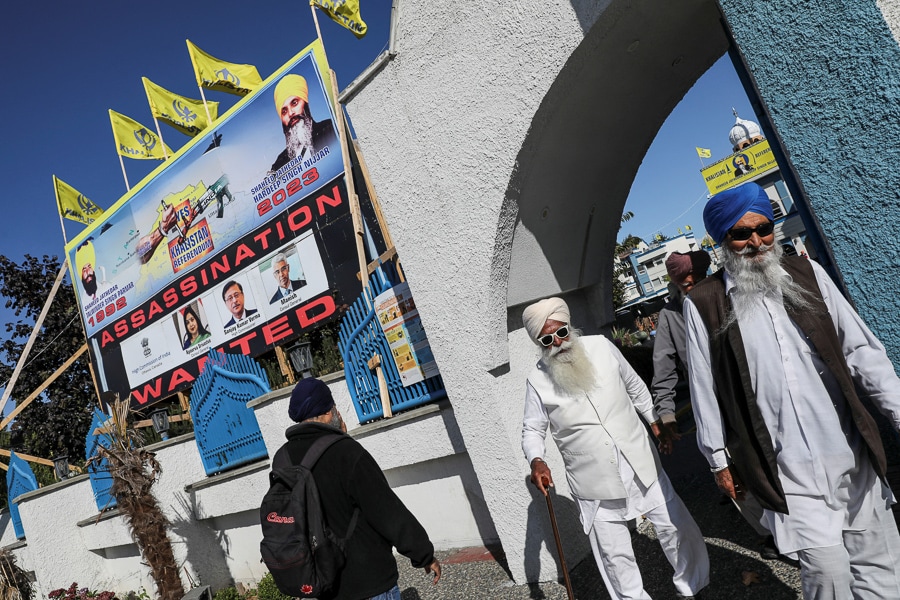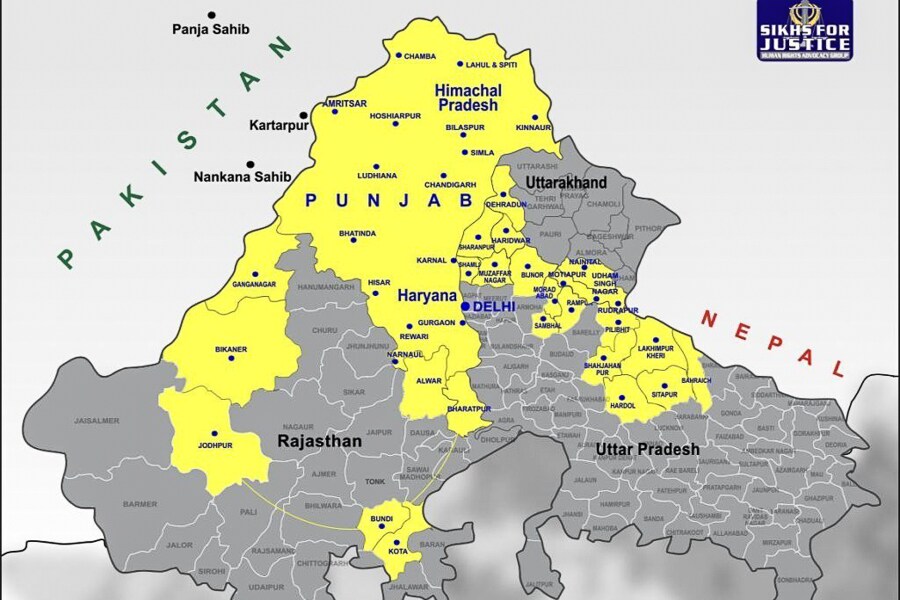
Lentil Exports: In a soup over India-Canada diplomacy row
Lentil exports from Canada to India have slowed down amidst the two countries' watering down of diplomatic ties ever since the Canadian PM accused India of assassinating its citizen, a Khalistani leader, on its soil. Amidst rising tensions from virulent anti-India protests in Canada and feared fallout from trade restrictions, there's no prize for guessing who will get affected by a price rise in dal, a commodity as common and essential as salt in India
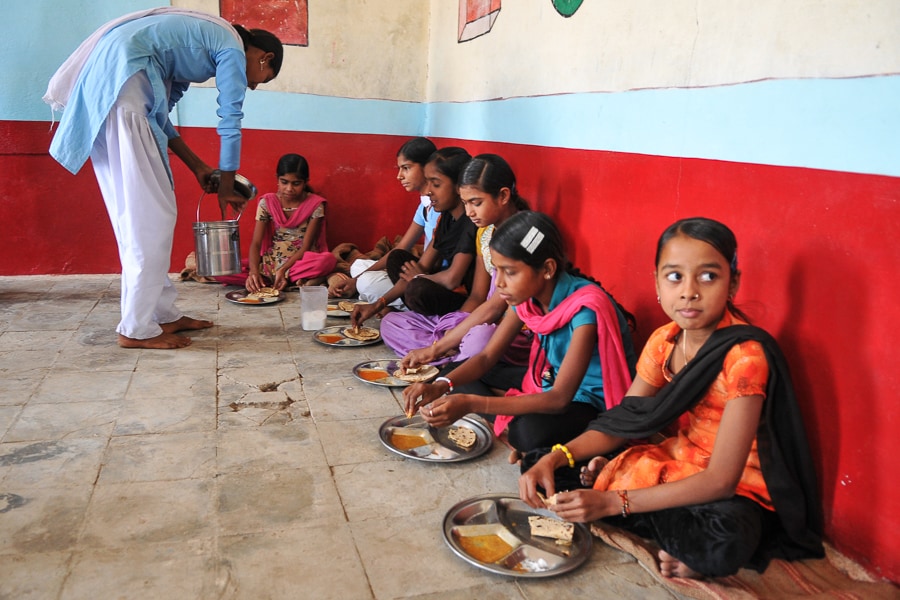 Image: Shankar Mourya/Hindustan Times via Getty Images
Image: Shankar Mourya/Hindustan Times via Getty Images
A file photo of school kids eating dal and chapati served under a mid-day meal scheme at Mahudiya Dev village school in Agar, Madhya Pradesh, India. According to a survey conducted in 2022, around 89 percent of schools in rural areas of India had a kitchen shed for cooking mid-day meals for children in primary and upper primary classes.
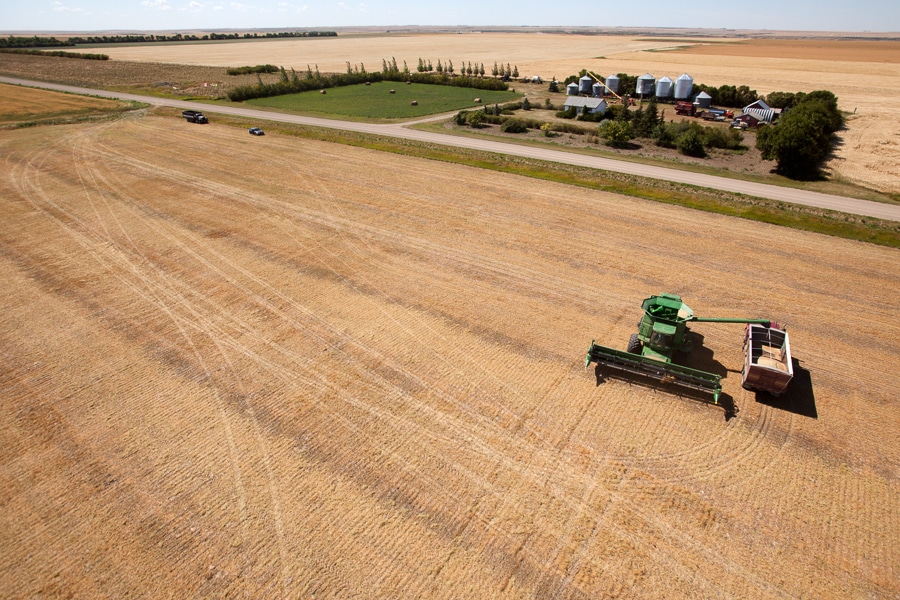 Image: Shutterstock
Image: Shutterstock
Canada only began growing lentils in the 1970s, and now they are the biggest supplier to India, having exported around 4.85 lakh tonnes of lentils last fiscal year, which was worth $370 million. According to a Royal Bank of Canada report, Canada needs 30,000 immigrant farmers over the next decade to take over existing farm operations or to start their farms. The labour shortage in the Canadian agricultural industry is among the worst in the world, and it is already increasingly turning towards immigration to resolve it. The Temporary Foreign Workers (TFW) program remains a critical source of low-skilled labour.
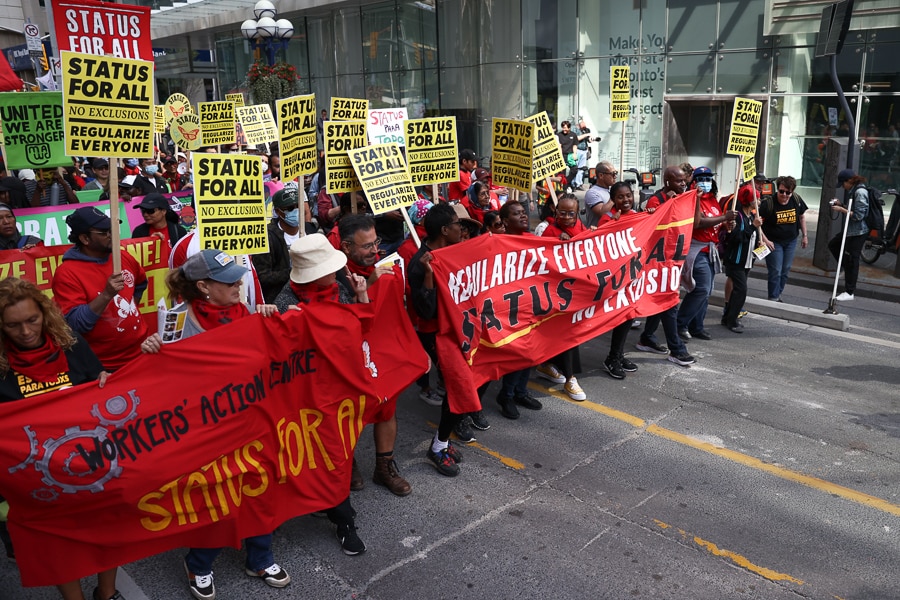 Image: Mert Alper Dervis/Anadolu via Getty Images
Image: Mert Alper Dervis/Anadolu via Getty Images
Migrants, including undocumented people, students and refugees, marched in Toronto, Canada, to demand permanent residency status for all on September 17, 2023. The protest comes after Canada's temporary foreign worker program was labelled a "breeding ground for contemporary forms of slavery" by a United Nations official earlier this month. There are 1.7 million people in Canada on temporary study or work permits, growing Canada's food, caring for children and working in essential frontline jobs.


